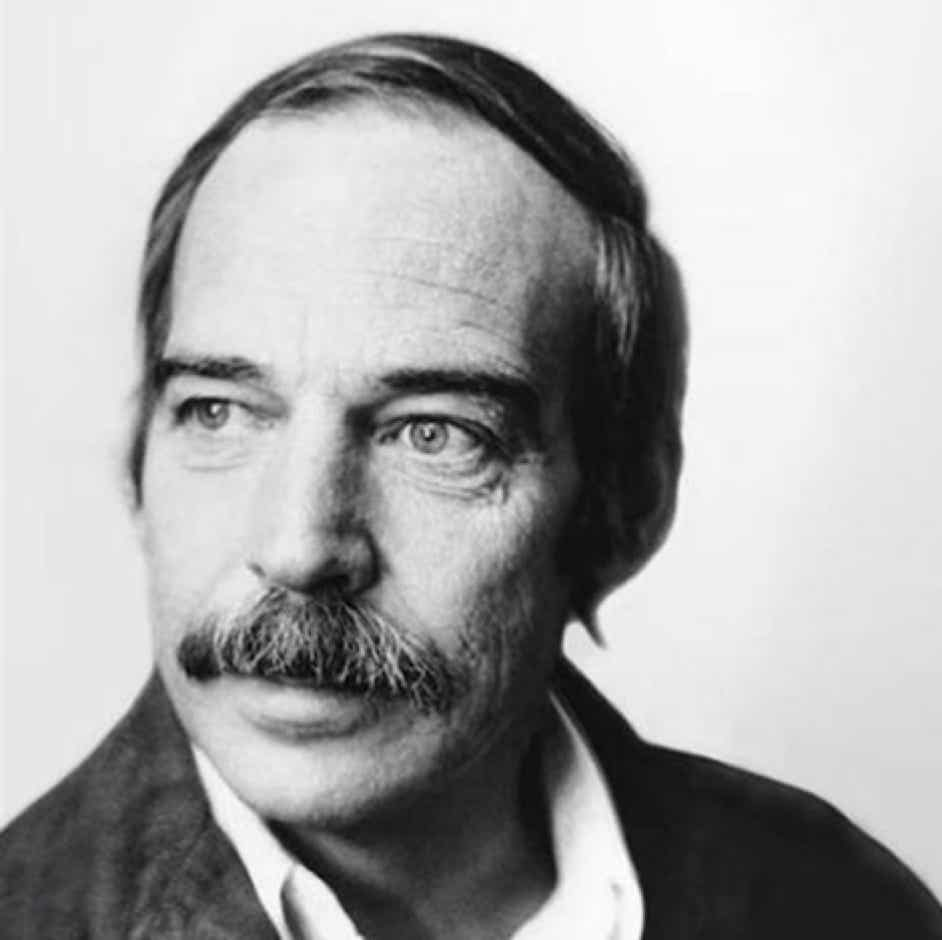As with many of his tables, Poul Kjærholm created the PK65™ table to specifically accompany one of his many lounge chairs: in this case, the PK20™ chaise longue. This unique coffee table harks back to the best traditions of Scandinavian craftsmanship.
Dimensions 100 x 100 x H38 cm
Materials slate, marble, granite or glass top, satin brushed stainless steel base
Warranty Fritz Hansen offer up to 20 years limited warranty if the products are registered at fritzhansen.com/my-fh
Slate
White Marble
Granite
Glass
Fauske Grey-White Marble
Free samples (against deposit)

Acclaimed for his distinctive style of furniture design, Poul Kjaerholm was born in Øster Vrå, Denmark in 1929. His pieces are considered to contain a minimalist and articulated form, all in relief with a style that is still famous around the world.
From modest beginnings as a cabinetmaker apprentice at the Gronbech workshop in 1948, Kjaerholm continued to forge his ideology at the Danish School of Arts and Crafts in Copenhagen. Far from shunning the majority of his Scandinavian counterparts, the Dane chose steel as the main material rather than wood. "The potential of steel is not the only thing that interests me, the refraction of light on its surface is an important part of my artistic work. "
Awarded the prestigious Lunning Prize in 1958 and the Trennali Grand Prix in Milan in 1960, Kjaerholm's drawings continue to be featured in the permanent collections of the New York Museum of Modern Art, the Victoria and Albert Museum in London. in many other museums across Denmark, Norway, Sweden and Germany.